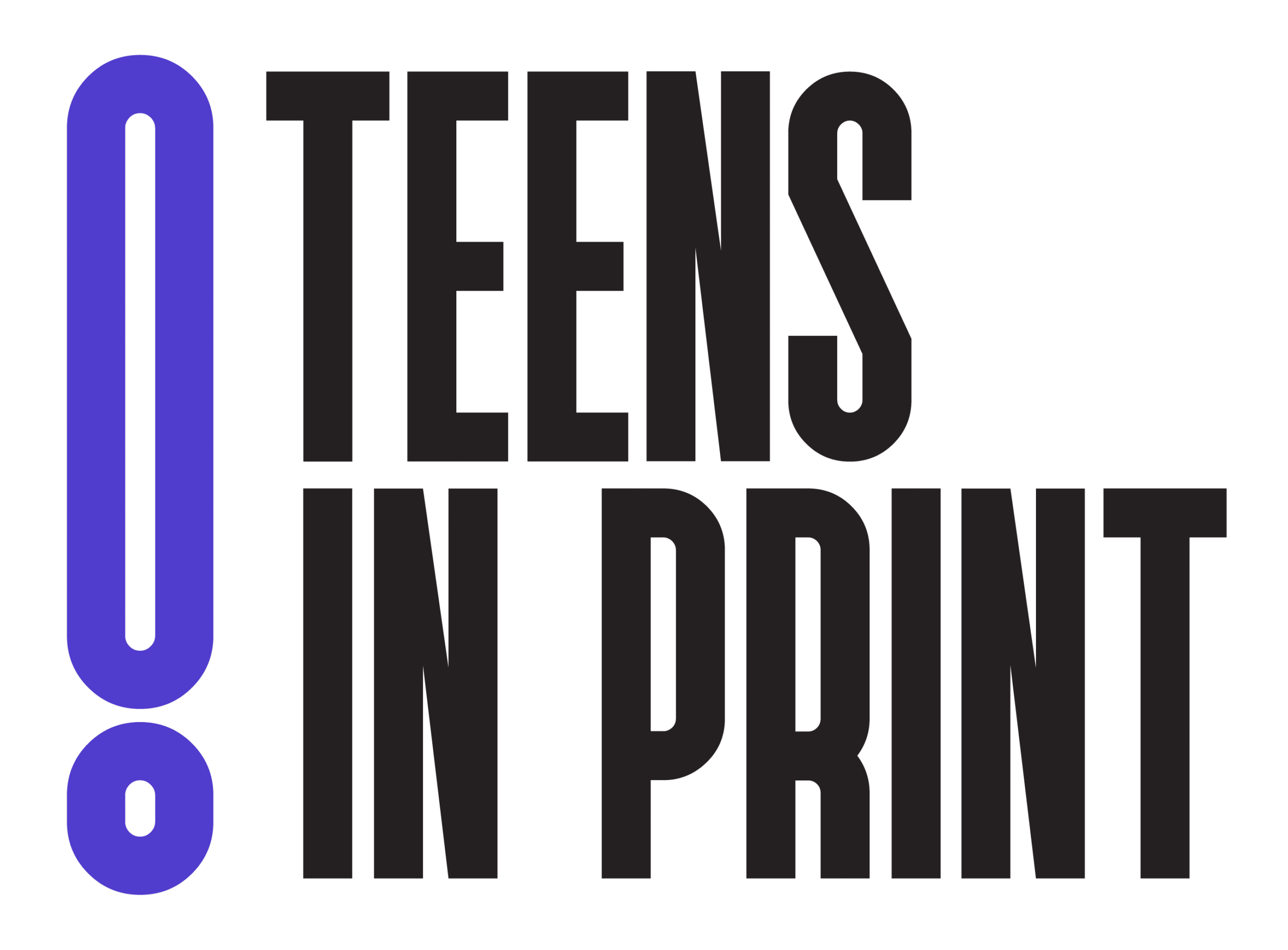Newbury Street, Back Bay: how the past holds the present
One of Boston’s most famous streets was once full of families.
Newbury St. is always busy, no matter the weather, no matter the day. Even on a 90-degree weekday afternoon, hundreds of people bustle through the tightly packed brownstones— braving the line for Brandy Melville or Levain Bakery with sweat-slicked temples and backs. There’s one question that inevitably emerges as temperatures rise, and yet, continuous streams of shoppers migrate store to store: what makes this street so attractive?
At the intersection of Hereford St. and Boylston St., a variety of pedestrians pass by. Tourists with eager, swiveling heads, Berklee students bearing heavy instruments, locals with AirPods firmly tucked in their ears and openly irritated faces and bags of groceries; animated groups of young girls, attempting to speed-walk and speed-talk at the same time.
“The stores,” said a trio of high school girls when asked what part of Newbury St. they enjoyed the most.
Ava Willis, one of the girls, elaborated. “They’re adding more stores,” she said, “like Princess Polly and stuff.”
When asked which stores they frequented the most, they didn’t miss a beat.
“Brandy Melville,” the three of them answered at the same time, gesturing to their navy Brandy Melville shopping bags. The girls, hailing from Lexington, were on the street to celebrate a friend’s birthday.
On the other hand, Cooper Hosmer, Dante Capozzi and Zach MacKeil, found themselves in Newbury because they were “bored.”
Capozzi’s favorite part of the street are the “pizza shops” (of which there are several.) The other boys agreed that good food is an essential part of Newbury’s appeal, along with Abercrombie & Fitch and Birkenstocks. “When I come with my Milton [Academy] kids, they go to Uniqlo,” Hosmer added.
Although shopping and food are what attract young people to Newbury today, the street was once a wealthy residential neighborhood with only two or three commercial stores. By the 1890s, more efficient forms of transportation were quickly replacing horse-drawn carriages in America, and affluent families could afford to live on the outskirts of the city. Back Bay, along with Newbury St., provided a ‘haven’ from the city center, according to archives available through MIT,
The 19th-century brownstones iconic to Newbury St. are remnants of its flush and residential past. At a cursory glance, the buildings may seem uniform; however, upon closer inspection, it’s revealed that each block has small differences despite being built in the same style.
For example, the block near Gloucester St. that houses The Fairy Shop, Lobstah On A Roll and Suitsupply features pointy spires on its roof, while the block beside Dartmouth St. with European Watch Company, Jonquil’s Café & Bakery and Drybar presents a smooth, straight roof.
Back Bay, as a residential neighborhood, was built by several different contractors, and the small contrasts from block to block speak to the different phases of construction Newbury St. has gone through over the years.
Further, both the small windows on the top floors (which suggest that there once were servants’ quarters) and the mini yards in front of each property are vestiges of wealthy single-family homes, according to the MIT Archive.
But if Newbury St. was once purely residential, how did it evolve into the mile-long commercial powerhouse we know and love today?
As Amy Chung—a tourist from South Korea—put it, Newbury has “all these little shops.” “I just got this, like, really cute stuff,” she said, before rummaging through her bag and fishing out an adorable cat figurine.
Besides its popular stores, Newbury has a myriad of smaller businesses, all with their own niche. For instance, Berklee student Idan Shitrit has a particular appreciation fulfilled by the street. “Well, I guess it’s kind of specific,” he said, “but I really like watches, and down the block that way, there’s a bunch of watch stores.”
Logan Robinson, who’s worked at Newbury Comics for four years, offered a business perspective: “We just get a lot of foot traffic regardless of when it is,” he said. “This is usually a very common spot for tourists to come, and there’s all sorts of things around the area that people like to see.”
Commercialization on Newbury St. began in the early 1910s, but was not targeted towards tourists (although the street had garnered significant tourist attraction by the late 1890s).
However, the 1950s saw the bulk of the street’s transformation, mostly due to the rise of automobiles, according to the MIT Archive. As transportation became more accessible and efficient, many wealthy families abandoned the city altogether for the suburbs, leaving Newbury ready for businesses. Painting services, dressmakers, photographers, and caterers soon thrived on the street before becoming cafes and retail to fit modern needs.
The MIT Archive attributes the attractiveness of Newbury St. to a juxtaposition between the street’s architecture, which speaks to its residential past, and its almost fully commercial quality, which speaks to its modern function.
Besides the pedestrian ease, well-placed greenery, and trendy stores, it’s Newbury’s oxymoronic nature, the past and the present built into each other, that makes tourists like Chung say, “I love the vibe.”










